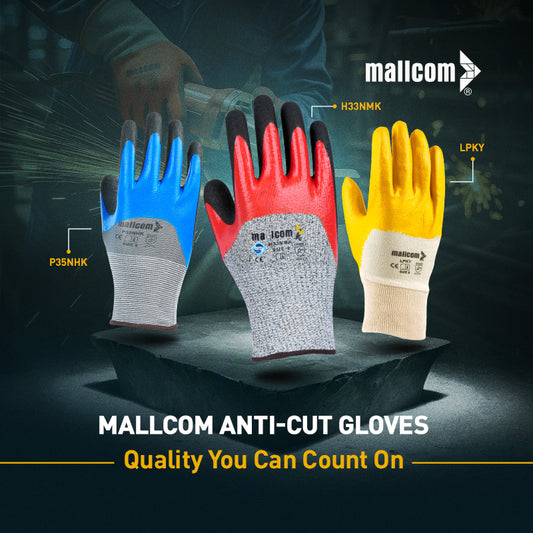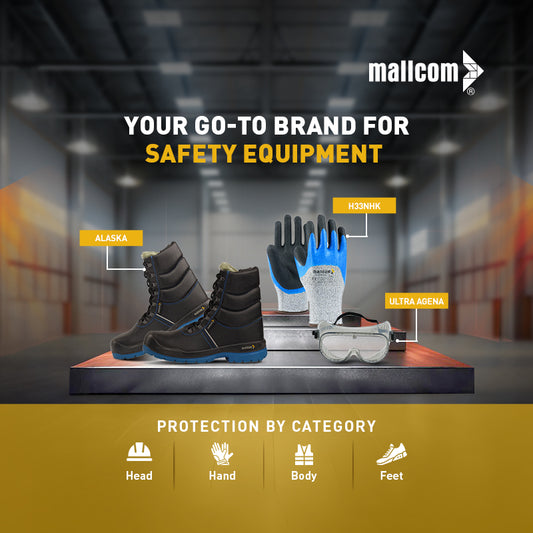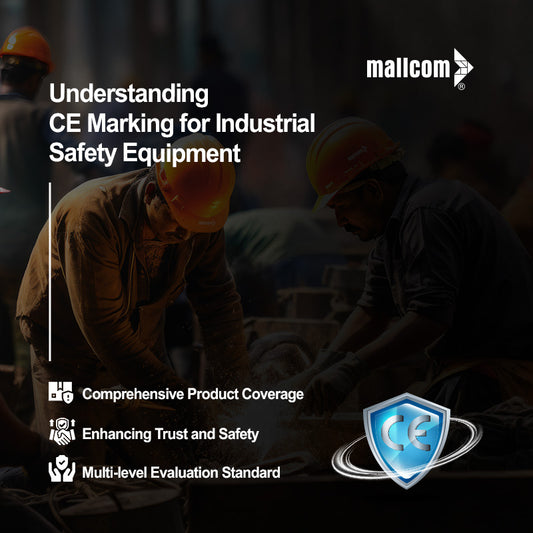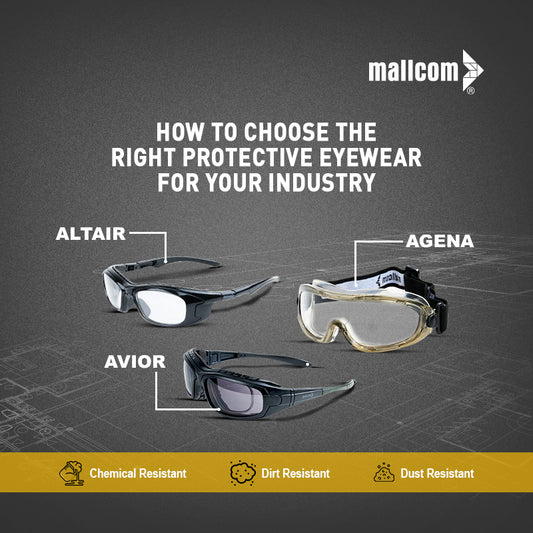Winters can be harsh, especially in certain parts of the world. However, it can often lead to a host of issues. What are some of these issues? From hypothermia and frostbite to reduced dexterity and brain fog, winters are known to offer us the cold shoulder.
We spend most of our time in our respective workplaces. However, some of these workplaces may not be dependent on winters to reach freezing temperatures.
Environments such as cold storage warehouses are places where perishable goods must be kept at sub-zero temperatures. Likewise, food processing plants require chillers and freezers to prevent spoilage. Such industrial environments can expose workers to extreme cold. Outdoor construction sites in regions like Alaska or northern Canada and oil and gas drilling rigs in harsh climates further heighten this risk. These are the times when safety equipment, be it in construction sites or cold storage warehouses, aids workers in enduring freezing temperatures for extended periods.
To combat these conditions, OSHA emphasises on the importance of adhering to specific winter Personal Protective Equipment requirements.
Essential Winter PPE Guidelines for Employers & Workers
Often under pressure, every worker faces the heat of the challenges. However, the challenges can rather be cold in industrial workplaces. By cold, we mean it quite literally. This is where pieces of Industrial Safety Equipment come to the rescue. To ensure workers remain safe and comfortable, employers should take proactive steps in equipping them with essential winter gear.
Here are Key Guidelines to follow:
- Provide Protective Clothing: Employers are encouraged to supply insulated jackets, gloves, and waterproof boots to the workers to help them combat the chill.
-
Layering is Key: OSHA advises workers to dress in layers for optimal insulation.
-
Base Layer: Using moisture-wicking materials can help keep the skin dry.
-
Middle Layer: Choosing insulating fabrics that retain warmth even when damp.
-
Outer Layer: Opt for wind & waterproof materials to shield against harsh conditions.
-
Additional Gear for Extra Protection: Using knit masks and hats to cover can prevent heat loss and reduce the risk of frostbite.
By adhering to these guidelines and ensuring the right protective gear is provided, employers can effectively mitigate the dangers of cold stress and promote safety and productivity throughout the winter months.
But you might wonder, at what point does the cold become cold stress?
How Cold is Too Cold?
Cold stress starts when your skin temperature lowers to point where the core body temperatures may decrease. The state is so dangerous in cases of acute that may cause tissue damage leading to death. It's, therefore why measures of Personal Protective Clothing are essential during the time when the temperatures are cold.
OSHA-recommended Strategies to Protect Workers from Cold Stress
Following essential PPE guidelines is just one part of protecting workers in cold environments. To create a truly safe and productive winter workplace, employers need to go beyond the basics of insulation and warmth. Cold stress is a serious risk, and while OSHA doesn’t have a specific cold standard, they emphasise on an employer’s responsibility to minimise recognized hazards in all work environments.
With this in mind, implementing preventive practices, from training on cold stress hazards to setting up engineering controls can make a vital difference.
Here Are Key Preventive Steps to Protect Workers from Cold Stress
-
Training Workers on Cold Stress Risks: Employers should educate workers on recognizing cold stress symptoms, the hazards of the job, and first aid responses.
-
Providing Engineering Controls: Tools like radiant heaters for outdoor stations, windshields, and reduced exposure to drafts can make a big difference in managing cold stress.
Implementing Safe Work Practices:
-
Stay Hydrated: Cold weather makes one dehydrate quickly. Therefore, electrolytes are of utmost importance.
-
Scheduling Strategically: Conduct heavy work during the warmest part of the day whenever possible.
-
Using the Buddy System: Pairing workers allows them to monitor each other for signs of cold stress.
- Frequent Breaks in Warm Areas: Regular breaks in heated spaces help maintain body warmth.
-
Acclimatizing New Workers: Gradual exposure and more frequent breaks help new or returning workers build tolerance to the cold.
Completing a balanced approach to preventing cold stress, quality personal protective equipment shields workers from extreme conditions. With cold-weather challenges in mind, Mallcom's range of PPE gear offer support comfort and safety in demanding work environments.
Stay Warm, Work Strong: Mallcom's EN 511 Winter Gloves
Mallcom brings forward its EN 511-certified winter gloves - W83NBG, W43NBG, W63NBG, and W33NRG - as the ultimate solution for workers facing harsh winter conditions. Aligning with OSHA’s guidelines for effective cold stress prevention, these Industrial Hand Gloves are designed with acrylic fiber that’s ideal for heat retention. Featuring a seamless polyester lining and an inner acrylic layer, the amount of warmth these gloves provide increases substantially. Topped with a black NBR (nitrile butadiene rubber) coating, this series offers insulation you can count on. An added sandy finish gives these gloves an enhanced grip and earns the trust of workers.
Mallcom’s EN 511 winter gloves justify their 40-year legacy in PPE innovation. Delivering safety that closely takes OSHA’s guidelines into consideration, industrial workers who use Mallcom’s PPE are able to face the extremes when winters offer the cold shoulder.








